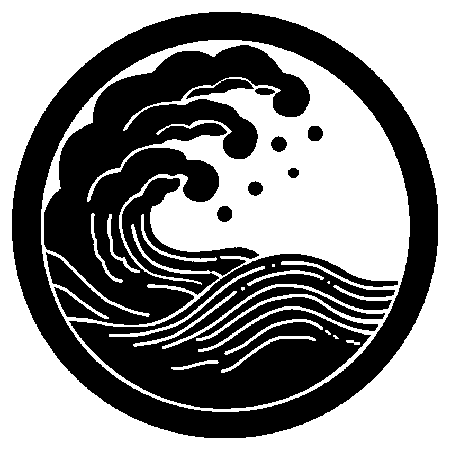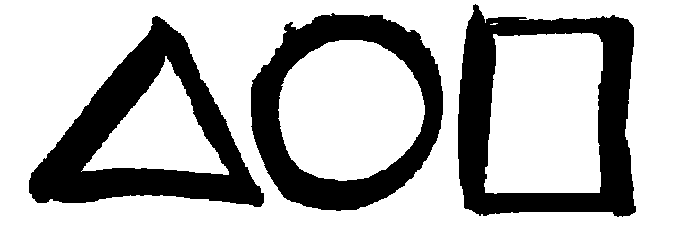Aikido in Japanese means, literally, the way of harmony with spirit. This is as good a definition as any. It is a study in contrasts. It is a martial art based on the warrior skills of the Samurai, yet it is also called the Art of Peace. The study of Aikido includes rigorous training in sword, staff, and empty hand techniques, yet is practiced by men and women of all ages. Harmony is an apt word to describe Aikido, because harmony is the is a joining or concordance that leads to the resolution of tension. At its heart, Aikido is the product and life's work of one man, Morihei Ueshiba. The founder was born in the late nineteenth century, and lived into the modern era. He taught that Aikido is a way of reconciling the world. It involves give and take, aggression and peacefulness, strength and relaxation. Aikido cuts through opposites, to allow them to come together. As a martial art, Aikido employs joint locks and movement to unbalance an opponent, and emphasizes redirecting an opponent's strength and aggression to defeat them.
History
The founder of Aikido, Morihei Ueshiba, was born in Tanabe, south of Osaka in 1883. At age 18 he moved to Tokyo for one year to work in a family business. At that time he enrolled in a Tenjin Shinyo-ryu jujutsu dojo. In 1903, he enlisted in the army, where he learned Jukenjutsu, the art of the rifle mounted bayonet. Though the army had been modernized around French and German practices, Jukenjutsu included elements of sojutsu, the traditional Samurai art of the spear. During his time in the army he also trained in Goto-ha Yagyu Shingan-ryu jujutsu, for a period of about four years. In 1911 he studied Judo with a young teacher in Tanabe. A year later, Ueshiba moved to Hokkaido in northern Japan. There, in 1915, Ueshiba began studying Daito-ryu aiki jujutsu with Sokaku Takeda, one of the most accomplished martial artists of his day. In 1919, having received word that his father dying, Ueshiba returned to Tanabe. During that trip he met Onasiburo Deguchi, the charismatic leader of the Omoto religion. In 1920, after the death of his father, Ueshiba moved to Ayabe and became a close associate of Deguchi. He began teaching his art to Omoto followers, calling it Aikibujutsu. At that time he engaged in intense spiritual training with Deguchi, as well as training in sojutsu. In 1922, Takeda spent six months living at Ueshiba's house in Ayabe. During that time he awarded Ueshiba a teaching certificate in Daito-ryu, and another in Shinkage-ryu jujutsu. In 1925, at age 42 Ueshiba was challenged by a naval officer and kendo expert. He defeated the kendo-ka with little effort, seeing the attacks before they materialized. This was a profound experience for Ueshiba, and reinforced for him the relationship between his spiritual and martial arts studies. At that time he renamed his art Aikibudo, the martial way of Aiki. During the mid nineteen twenties Ueshiba had gained notoriety as a martial artist and came to the attention of a number of high ranking military officers. Through their patronage he began teaching at a number of Japan's military academies. In 1927 he moved to Tokyo. Throughout the nineteen thirties he ran a very successful dojo, as well as teaching at military academies and dojos all across Japan. In the nineteen forties, with the war raging, the government took control of all martial arts organizations. Ueshiba retired to a country village called Iwama, where he owned land and where he built a dojo. He also renamed his art Aikido. In the years after the war Ueshiba refined both the technical aspects and weapons training in Aikido, and also the spiritual nature and purpose of the art. He declared that Aikido was a means of resolving conflict by achieving victory over oneself, and of making all peoples one. During the nineteen fifties he sent senior students overseas, to spread Aikido to the rest of the world. He was then in his seventies, and only made one trip to the United States himself, for a series of seminars in Hawaii in 1961. The founder continued to teach in Iwama until his death in 1969. After his death, Aikido continued to spread, and it is now practiced by hundreds of thousands of people all over the world.


